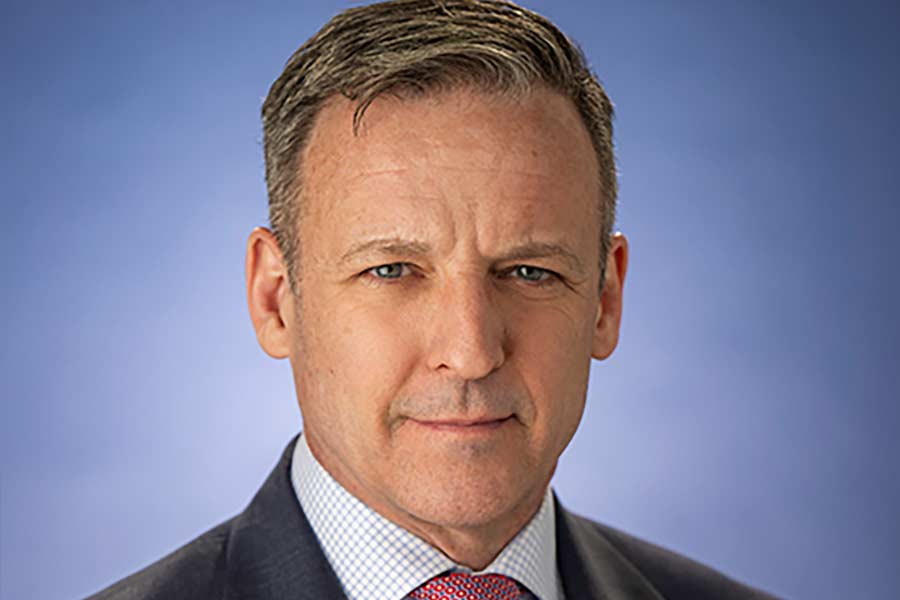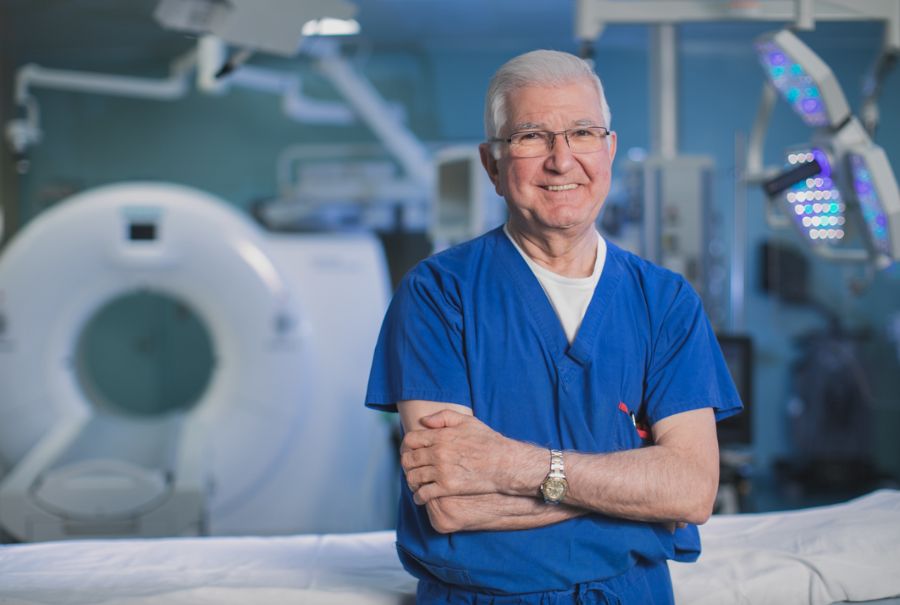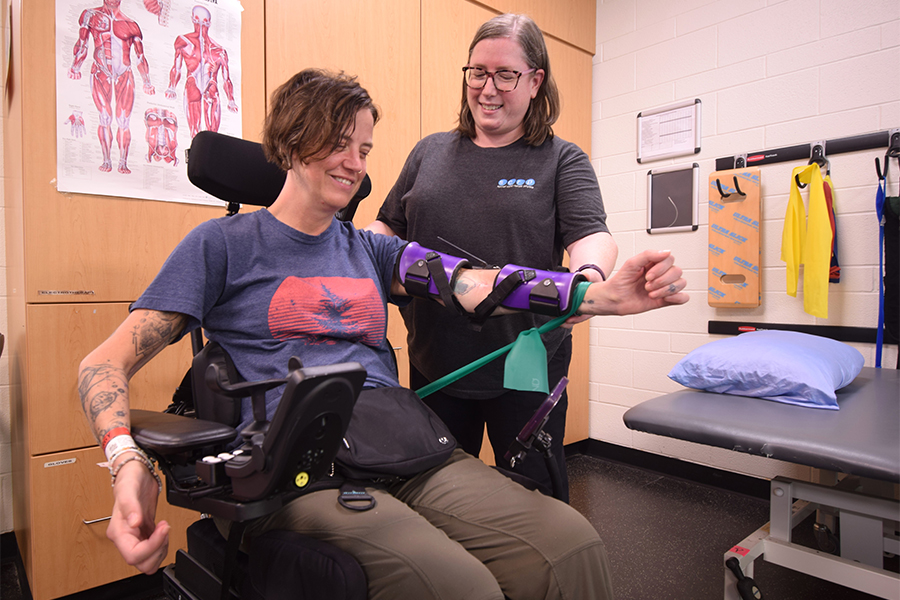
UHN is one of the top two centres in the world for research into a rare but dangerous condition that can be triggered by some anesthesia drugs in susceptible people. Called malignant hyperthermia, it can turn a routine surgery into a life-threatening crisis in a matter of minutes.
In recognition of World Anesthesia Day, Dr. Sheila Riazi discusses her role as an anesthesiologist, researcher and Director of the Malignant Hyperthermia Investigations Unit, Canada’s only full-spectrum diagnostic and research centre for malignant hyperthermia.
What does an anesthesiologist do?
“A common misconception is that anesthesiologists simply administer drugs and disappear,” says Dr. Riazi. “In reality, we are the physicians responsible for the most critical moments of surgical care — managing the airway, cardiovascular and respiratory stability, blood loss, fluid shifts, and more.”
The role of anesthesiologists spans every stage of surgery, from initial patient assessments and ensuring patients are optimally prepared for surgery, to management during the procedure, to post-operative recovery and pain control. Anesthesiologists are critical for keeping patients safe. As Dr. Riazi describes, “We are trained to act decisively, when seconds count. Many people don’t realize we’re also at the forefront of innovations in patient safety, perioperative optimization, and critical care. Our presence may seem quiet, but it is anything but passive.”
Anesthesiologists hold roles across our hospitals – not just in the operating room. Anesthesiologists enable hyperbaric oxygen treatment for severe conditions such as burns and radiation poisoning, help patients manage chronic pain-causing conditions like Ehlers Danlos Syndrome – and so much more. They perform research that leads to new understandings of different conditions and supports better patient care, while providing training and education for residents, fellows and other learners. Donor support helps this incredible team do their best work.
In partnership with Mount Sinai and Women’s College Hospital, UHN is home to the largest anesthesia care team in Canada. Across UHN, anesthesiologists are leading the way in a vast number of different specializations. This includes Dr. Riazi’s area of specialty: malignant hyperthermia.
What is malignant hyperthermia?
“Malignant hyperthermia represents the intersection of anesthesia, genetics, and acute crisis management,” says Dr. Riazi.
It is a rare and life-threatening condition that can arise when people with a genetic susceptibility are administered certain anesthetic drugs. Malignant hyperthermia is rare, with an estimated 3 in 1,000 people carrying the disease gene. However, many people are unaware they are at risk until a crisis occurs – often during surgery or after exposure to heat, exercise or illness.
A malignant hyperthermia crisis can become deadly in minutes. Anesthesiologists must be ready to spring into action at the first sign of crisis.
Historically, malignant hyperthermia had a fatality rate nearing 80%. Despite significant improvements in the treatment and management of malignant hyperthermia, mortality rates remain high, estimated to be between 10 and 20%. Under Dr. Riazi’s leadership, TeamUHN is working tirelessly to change that statistic, driving research and raising awareness to support better malignant hyperthermia outcomes in hospitals worldwide.
“With awareness, preparedness and rapid treatment, malignant hyperthermia is entirely manageable,” says Dr. Riazi. “A family history of anesthesia complications, unexplained deaths during surgery, repeated exertional or heat-induced muscle breakdowns, or muscle disorders should always be disclosed before any procedure. This information can be lifesaving. Genetic testing and counselling are increasingly available, and early identification can prevent tragedy.”
It’s important to talk to your loved ones about any complications family members have experienced during surgery, and understand whether you may be at risk.
UHN’s leadership in malignant hyperthermia
UHN’s leadership in malignant hyperthermia research and care has a long legacy.
Established in the 1970s, the Malignant Hyperthermia Investigations Unit (MIHU) at UHN was founded by Dr. Beverly Britt – an international pioneer who developed the gold-standard diagnostic test for malignant hyperthermia.
Home to the only full-spectrum malignant hyperthermia diagnostic and research program in Canada – and one of the more comprehensive in North America – the MIHU is a lifeline for patients across the continent. It is the only place in the country where people can be tested and diagnosed with malignant hyperthermia.
The MIHU team is also a world-leader in uncovering new insights about malignant hyperthermia. Dr. Riazi and her team have numerous studies underway aimed at advancing the understanding and management of malignant hyperthermia. This includes efforts to identify genetic and molecular biomarkers – important biological signals – to improve diagnostic accuracy and enable more personalized risk assessment. They’re participating in studies evaluating approaches to train teams in malignant hyperthermia response, and evaluating a potential novel treatment for the muscle-related symptoms that can plague malignant hyperthermia survivors, among numerous other studies.
Each new discovery driven by Dr. Riazi and her team is getting us closer to understanding malignant hyperthermia, and opening doors to better diagnosis, treatment and prevention.
The opportunity for meaningful impact
From research to education to clinical care, the MIHU has an enormous impact on patients who are at risk of a malignant hyperthermia crisis.
“What drew me to malignant hyperthermia research was not only the challenge it presents but also the opportunity it offers for meaningful impact: rapid diagnosis, immediate intervention, and potentially saving lives,” says Dr. Riazi. “As a department leader, it also allows me to advocate for awareness, preparedness, and system-level readiness for rare but catastrophic events.” It’s just one of many ways that anesthesiologists across UHN are revolutionizing care.

No one ever changed the world on their own but when the bright minds at UHN work together with donors we can redefine the world of health care together.


